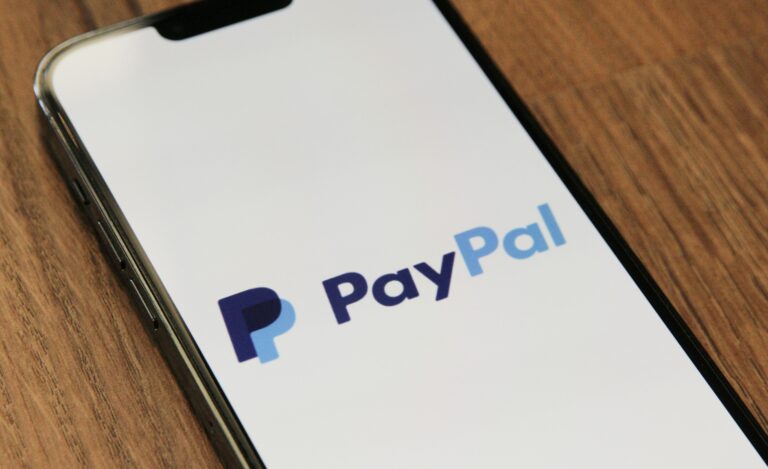Pricing isn’t just a number you slap on your product and hope for the best. For online businesses with global ambitions, the stakes are much higher.
Should you set your international prices based on what works in your biggest market—say, the US or Germany—and call it a day? Or do you need to tailor your pricing for each country, even if that means more complexity?
Let’s break down the pros, cons, and practical realities of penetration pricing and global pricing strategies—without the jargon, but with all the insight you need.
OPEN A MERCHANT ACCOUNT FOR GLOBAL SALES
The Fast Track to Market Share
First, a quick refresher. Penetration pricing is all about launching your product at a low price to attract customers fast and grab market share. Think of it as a “grand opening” sale, but with a twist. You’re not just looking for quick sales, you want to build a loyal customer base that sticks around even after prices go up.
How does it work?
- You enter a new market with prices lower than your competitors.
- Customers flock to your product because, hey, who doesn’t love a deal?
- As your brand gains traction, you gradually raise prices to boost margins.
Why use penetration pricing?
- It’s perfect for crowded markets where you need to stand out.
- It helps you build buzz and word-of-mouth quickly.
- You can use it to break customer loyalty to established competitors.
Penetration pricing isn’t a “set it and forget it” strategy. You need a plan for what happens next, or you risk being stuck with razor-thin margins and price-sensitive customers who’ll jump ship at the first sign of a better deal.
One Size Fits All?
Now, let’s talk about the elephant in the room: Should you just set your prices globally based on your biggest or most important market?
It’s tempting. Standardizing prices is simple, easy to communicate, and keeps your brand consistent. But (and it’s a big but) the world isn’t that simple.
1. Purchasing Power Isn’t Universal
A $50 subscription might be a bargain in New York, but it could be a luxury in Mumbai or São Paulo. If you price everything based on what works in your richest market, you risk alienating customers elsewhere.
Product pricing should align with customers’ purchasing power in different markets.
2. Local Competition Is Fierce
Your competitors in each country may have totally different pricing. If you stick to a single price, you might be the bargain brand in one place and the overpriced outsider in another.
3. Costs and Regulations Vary
Taxes, shipping, payment processing fees, and even compliance costs can change dramatically from one country to another. What’s profitable in one market might be a loss-leader elsewhere.
4. Currency Fluctuations Can Wreck Your Margins
Exchange rates don’t stand still. If you don’t adjust for currency swings, you could see your profits evaporate overnight.
IMPROVE YOUR INTERNATIONAL AUTH RATE
The Case for Localized Pricing
So, what’s the alternative? Localized pricing—setting different prices for different markets based on local conditions.
Why bother?
- You maximize your reach by making your product affordable in every market.
- You stay competitive against local and international rivals.
- You can optimize for profit, not just revenue, in each region.
How do you do it?
- Research local purchasing power and average incomes.
- Analyze what your competitors are charging.
- Factor in local costs, taxes, and regulations.
- Adjust for currency changes regularly.
It’s more work, but the payoff is rea. Higher market share, better customer satisfaction, and stronger profits.
BETTER RATES ON EVERY TRANSACTION
Penetration Pricing Goes Global
Now, let’s put it all together. If you’re using a penetration pricing strategy, should you set the same low introductory price everywhere? Not necessarily.
Here’s why
- The “low” price in one market might still be out of reach in another.
- A price that’s too low in a high-income country could hurt your brand’s perceived value.
- Local competitors might already be undercutting your “introductory” price in some markets.
The smarter move
Customize your penetration pricing for each region. That means:
- Identifying your most price-sensitive segments in every market.
- Setting an entry price that’s competitive locally, not just globally.
- Communicating your value clearly—don’t let “cheap” become “low quality” in the eyes of new customers.
And always, always have a plan for how you’ll phase out your penetration pricing and transition to sustainable, profitable pricing as your brand grows.
CONNECT WITH A MORE CUSTOMIZABLE GATEWAY
Standardization vs. Localization
Let’s get practical. Here’s a quick comparison:
[chart]
Most successful online businesses find a middle ground:
- They set a “global reference price” but adjust up or down for local factors.
- They use technology to manage currency, taxes, and local promotions.
- They monitor data and tweak prices as markets evolve.
Real-World Example
Look at Netflix or Disney+. They launch in new countries with prices tailored to local incomes and competition. Disney+ started at $6.99/month in the US, but adjusted prices in other countries to match what local consumers could afford.
As they built their subscriber base, they raised prices—sometimes at different rates in different countries—based on market response and value perception.
Should You Adjust Global Prices Based on One Major Market?
Short answer: No, not if you want to maximize your growth and profits internationally.
Long answer:
- Use your major market as a reference point, but don’t let it dictate your entire global pricing strategy.
- Always consider local purchasing power, competition, costs, and consumer expectations.
- Be flexible—what works in one market might flop in another.
Global pricing strategies involve a combination of centralized control and local adaptability, enabling multinational companies to respond to market conditions while achieving corporate goals.
MAXIMIZE CONVERSIONS NO MATTER WHERE YOU SELL
Final Thoughts
If you’re serious about global growth, resist the urge to take the easy route with one-size-fits-all pricing. Invest the time to understand your markets, test your prices, and adjust as you go. You’ll not only win more customers—you’ll build a brand that lasts.
And remember: pricing isn’t just a number. It’s a conversation with your customers, wherever they are in the world.
Ready to rethink your global pricing strategy? Start local, think global, and keep your customers at the center of every decision.









